will be a free upgrade for existing Pro users, and has emphasis on
three important aspects of this easy-to-use (yet powerful and
extensible) software: performance, an improved version of LayOut (2.1)
and collaboration.
As for performance, the engine has been improved and you will notice
that orbiting, zooming and drawing can be quicker and smoother in 7.1,
for both PC and Mac editions.
LayOut 2.1, the SU componente that enables you to create
presentation boards and design documents straight from your model, has
now the ability to apply dimensions to scaled SU models and vector
graphics. Based on my personal experience, LayOut is very good to
deliver quick construction documents and has helped me a lot working
with furniture manufacturers. The new dimension tool is something I was
waiting for.
LayOut 2.1 also includes snap to the model, an improveed Freehand
tool, lists (bullet or numbered, very useful) in the text area,
improved grids and improved copy/paste, making it easier to work with
other design softwares. You can see more on the video and images below.
(those are not my designs)
As for collaboration, the new features are both in export/import and
online capabilities. For example, you can now Import and Export in the COLLADA
(COLLAborative Design Activity) format, a 3D file format based on open
standards that allows you to easily work exchange information across
different 3D softwares (Maya, Poser, 3DS Max, LightWave, Cinema 4D,
Softimage XSI, Houdini, Blender, Modo, Strata 3D and more). With
SketchUp Pro 7, you can import and export files in a number of 2D and
3D formats, including DXF, DWG, 3DS, OBJ, XSI, EPS, PDF and more.
You can now upload components straight from SketchUp to Google’s 3D
Warehouse. Previously, you needed to put the component isolated on a
new file to upload it. For example, you can now split large city models
into buildings, preserve Dynamic Component functionality and more.
And this urban approach gets more and more exciting, as it is now
possible to import and export the now popular KMZ format, extending
geo-location usage. You can even browse nearby models from inside
SketchUp.
And probably one of the most exciting features is the integration
with Google Streeview, which allows you to take textures directly from
actual views of the city (where available). Imagine how fast and
accurate you can model a city or your project’s context with this
tools. And if you add collaboration with your teamwork (or other users)
with components and nearby models… it becomes a powerful tool.
For more information, download a SU Pro trial version or the Free edition, just go to the Google SketchUp website.
Via Arch Daily

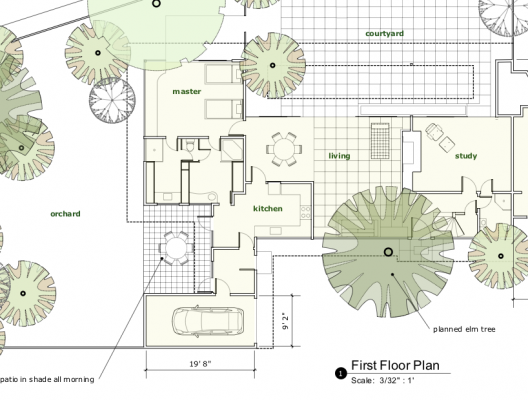
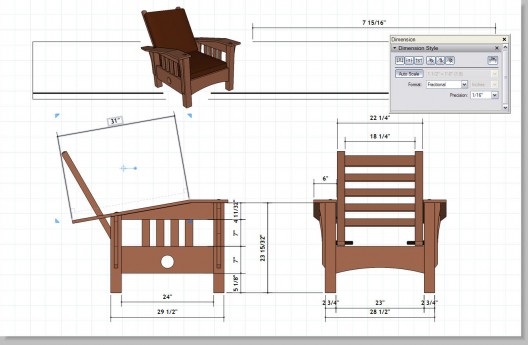
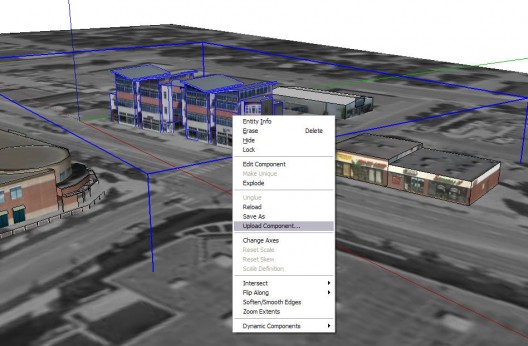
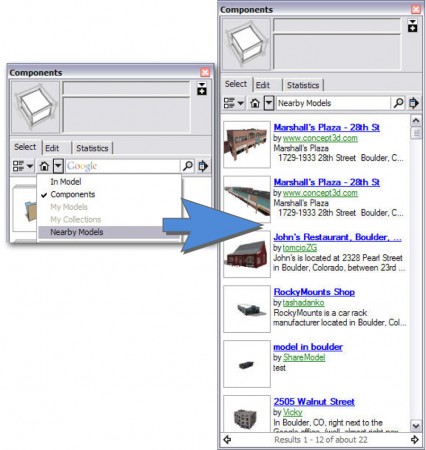
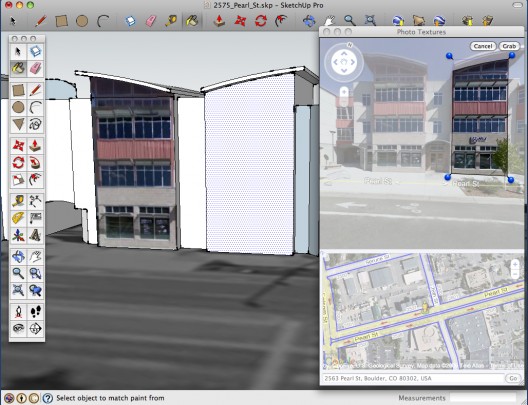
No comments:
Post a Comment